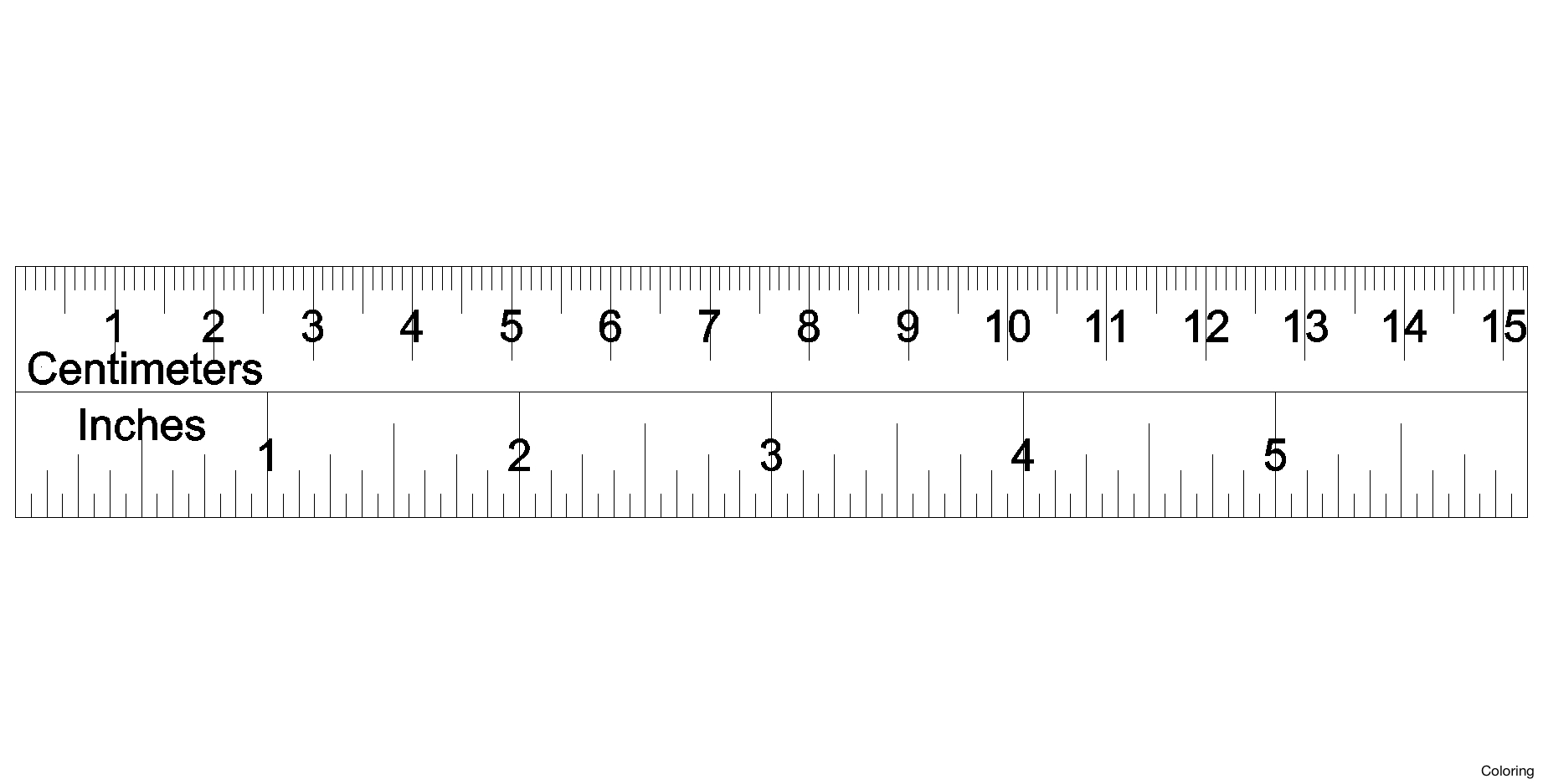

From 1983 until 2019, the metre was formally defined as the length of the path travelled by light in a vacuum in 1 / 299 792 458 of a second. The current definition was adopted in 1983 and modified slightly in 2002 to clarify that the metre is a measure of proper length. In 1960, the metre was redefined in terms of a certain number of wavelengths of a certain emission line of krypton-86. In 1799, the metre was redefined in terms of a prototype metre bar (the actual bar used was changed in 1889). The metre was originally defined in 1793 as one ten-millionth of the distance from the equator to the North Pole along a great circle, so the Earth's circumference is approximately 40 000 km. So, if you don’t have a chance to measure your feet, it is safer to reference the CM/CHN/JP/Mondo measurement listed on the shoe that fits you well.The metre (or meter in American spelling symbol: m) is the base unit of length in the International System of Units (SI). We observed that the insole can be longer or shorter depending on the shoe’s toebox shape. The range goes from 271 to 287 mm (16 mm discrepancy!). We have measured the insole length of 20+ running shoes in our lab, all in men’s US size 9. Insole length does not determine shoe size
MM RULER ACTUAL SIZE FULL SIZE
It can be hard to acknowledge that you need to get a full size bigger but a well-fitting shoe is key to your comfort and health.


developing foot conditions like bunions, arthritis, edema, hammertoes.significantly increased or decreased physical activity.A multitude of factors can impact your foot dimensions over time: Life is dynamic and so are our bodies and feet. Some issues like heel slipping, discomfort due to high arches, or a tendency to foot swelling can be helped with a customized lacing technique. Some niche sportswear such as track spikes, cycling shoes, and climbing footwear will have different fit standards as they require a snug, second-skin-like fit.Ī shoe should feel right and comfortable straight from the box.ĭon’t rely on a break-in period to change the fit significantly. Toebox: there is a thumb’s width space between your longest toe and the shoe’s front and the toes have enough room to splay sideways without pressure.Midfoot: snug but not tight, there should be no pinching.Heel: locked in and not slipping out when you bend the foot, walk, or run.Running shoes, gym trainers, sneakers, and most other types of footwear should tick the following boxes: The good news is that companies like Skechers, New Balance, Saucony, and Brooks often release their models in multiple width options. But the rule of thumb is that there is approximately an ⅛ inch (3.18 mm) difference between widths. You can only get a general idea of a shoe’s width based on the letter indications “B,” “D,” “2E,” etc.:īecause there is no universal standard, it’s nearly impossible to determine the right width without trying the shoe on. Shoe width is even more complicated than size (length) because brands don’t provide reference charts for this parameter. If the shoe length is right but you often get frustrated with the fit of shoes in your regular size (needing extra space or a more snug fit), chances are you need an alternative width. However, size may vary depending on the shoe type, model, materials, and your unique foot shape. Our tool is based on the official size charts from brands. Disclaimer: There is no 100% guarantee of shoe size conversion.


 0 kommentar(er)
0 kommentar(er)
